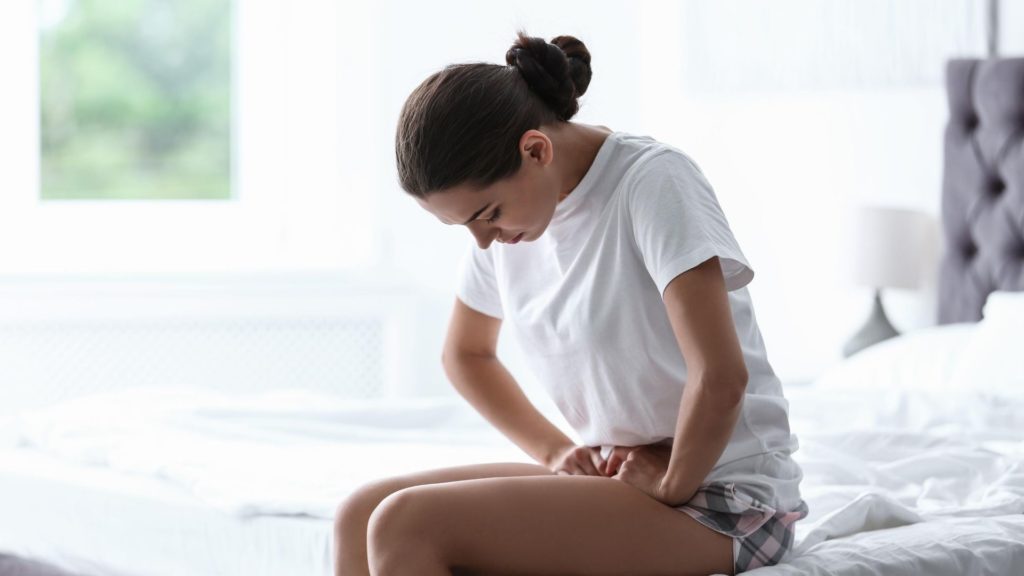One of the top three causes of infertility, endometriosis is also the least diagnosed and treated.
A condition that affects younger women at an average age of 27, endometriosis is a condition where tissue that normally lines the uterus grows somewhere else in the body. While it can cause extreme pelvic pain during menstruation or sex, it usually shows no symptoms at all.
If there are symptoms, they are usually misdiagnosed as Irritable Bowel Syndrome or Pelvic Inflammatory Disease.
Warning Signs of Pelvic Inflammatory Disease
- Chronic or intermittent pelvic pain
- Painful or irregular menstruation or bleeding
- Infertility, miscarriage, or ectopic pregnancy
- Painful sex
- Nausea or vomiting
- Fatigue or chronic pain
With such a varied list of symptoms, it isn’t hard to see why endometriosis is often misdiagnosed, if diagnosed at all.
So how do you catch something you may not know you have?
A surgical biopsy is required to confirm a diagnosis of endometriosis, and often coincides with a diagnosis of infertility: a very confusing, frightening, and painful experience for women and their significant others. According to the National Institutes of Health, between 25-50% of women who are diagnosed as infertile have endometriosis, and 30-50% of women diagnosed with endometriosis are infertile.
While infertility can be a scary place to navigate, you’re definitely not alone. There are plenty of treatment options that can help with both infertility and endometriosis.
But what if you only have endometriosis?
Unfortunately, there is no known cure for endometriosis. However, there are treatment options that can help with any possible pain. Despite some rumors, endometriosis doesn’t always get worse over time; in fact, it usually improves with pregnancy or menopause. Seeking treatment isn’t required by entirely up to you, based on the severity of your symptoms and your plans for the future.
Options for Seeking Treatments
Medicinal treatments
Medical treatments may include hormone therapy, which will lower your body’s estrogen and shrink the growths. Birth control will also control pain and bleeding, if you don’t plan on getting pregnant in the near future. Anti-inflammatories can also help manage pain.
Home treatments
To reduce any pain, it can be as easy as applying heat to your abdomen through a heating pad or a warm bath. Relieve back pressure by lying on your side, or exercising with yoga. Sometimes even intercourse may help relieve pain, so get busy!
Surgery
Surgery may be an option if other treatments don’t work properly: it would remove the growths and scar tissue through a few small incisions. This procedure may reduce the pain you experience as well as improve your chance of getting pregnant. In severe cases, a hysterectomy may need to be performed, which would cause early menopause.
What causes endometriosis?
Unfortunately, there’s a lot that isn’t known about endometriosis. Because of that, there is no known cause or cure, nor clear way to prevent it from happening. If you suspect you may have endometriosis, or want more information, visit with us! We’ll be happy to help.

